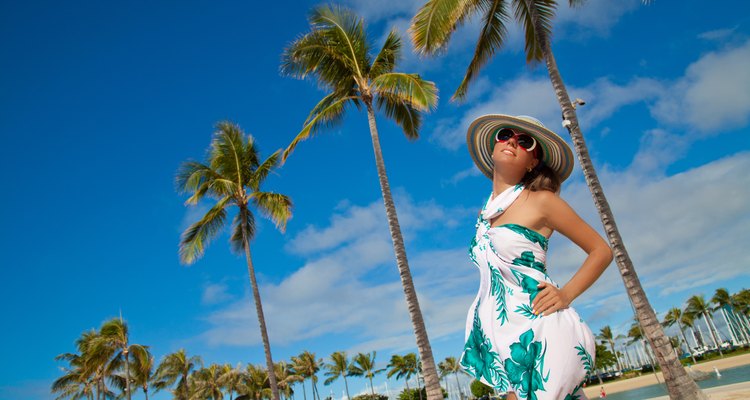
AbElena/iStock/Getty Images
Although Hawaiian clothing has evolved from loincloths and grass skirts, traditional garments, steeped in culture, have continued to influence Hawaiian clothing. While rubber slippers, board shorts and T-shirts are common day-to-day wear for Hawaiian men, women and children, the iconic aloha shirt and muumuu -- once forced upon the native women by missionaries who arrived from New England -- are still worn today and embellished with traditional Hawaiian patterns and floral designs.
History of Hawaiian Clothing
Primitive male and female Hawaiians wore few garments, choosing instead to cover their bodies in tattoos and capes or helmets made from woven feathers, which reflected their skills and position in society. Minimal clothing made from plant fibers, bark cloth or grasses, provided comfort for both men and women and were environmentally friendly. Traditional garments for men included the "malo" or loincloth, made from plant fibers, while women wore a "pa’u" or skirt also made from plant fibers. Additionally, both sexes wore a "kihei" or rectangular shawl for warmth and protection from rain.
Traditional Kapa
"Kapa," made by native Hawaiians, is a soft, durable bark cloth used for making a malo or pa’u as well as the rectangular shawl for both men and women. Unlike woven cloth, kapa is made by gently pounding out bark from wauke, mamaki, oloa, akala or hau trees into sheets of fabric. Colorful patterns and printed designs, created from green and blue vegetable dyes were hand-painted or stamped onto the fabric with bamboo stamps and are the roots of Hawaiian patterns. Fragrance was further added by beating aromatic flowers into the cloth. Early Hawaiians created a variety of kapa of varying textures, weights and designs, with each fabric having an exclusive name.
Hawaiian Men's and Boys' Wear
Both Hawaiian men and boys wear the traditional Hawaiian shirt, or “aloha shirt.” In 1938, original aloha shirts were made from imported Japanese silk fabrics with tropical designs created exclusively for tourists. During World War ll, locals also began to wear aloha shirts due to shipping disruptions. Today, the Hawaiian shirt is worn day-to-day, for special occasions and on aloha Friday, a day created for locals to show off their favorite polyester, cotton or silk shirt. The warm Hawaiian weather dictates that men and boys wear casual wash-and-wear clothing such as T-shirts worn over shorts and rubber slippers. The traditional malo has evolved into polyester and nylon board shorts. However, the malo is still worn by men over pants when performing in tribal festivals or for other significant Hawaiian rituals.
Hawaiian Women's and Girls' Wear
The Christian missionaries, who arrived in 1820 to set up operations in Maui and Oahu, preferred the native women fully clothed. Mission women designed the Hawaiian muumuu, a long, loose-fitting, short-sleeved dress, to accommodate women of all sizes. Today, the muumuu is fully accepted and worn almost everywhere. Both Hawaiian women and girls wear clothing such as Hawaiian shirts, board shorts, tank tops, pants, pa’u hula skirts, and tank or spaghetti-sleeved dresses, made from cotton or silk, richly decorated in native floral patterns. The traditional sarong, a long cloth -- wrapped around the body -- is also worn by Hawaiian women and features rich floral patterns.
Related Articles
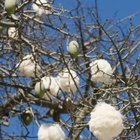
List of Plants Used for Clothing

What Are Psychedelic Clothes?
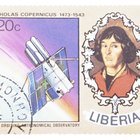
Liberian Fashions, Styles & Wedding ...

About Apache Indian Clothing

What Kinds of Clothes Do They Wear in ...

Clothes Worn in the Seventies

What Is Canvas Fabric?

What Type of Shirt to Wear With a ...
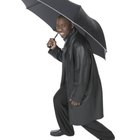
The Different Fabrics of Raincoats and ...

Hispanic Clothing History
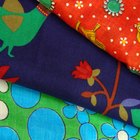
What Is Arnel Vintage Material Fabric?
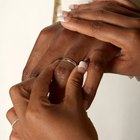
Traditional African Wedding Attire

Different Types of Flannel Fabrics
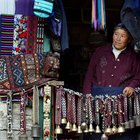
What Kind of Clothes Do They Wear in ...
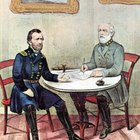
Fabrics Used for Civil War Clothing

How to Sew Your Own Tubular Bandana

What Did Men Wear During the ...
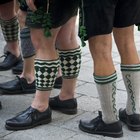
What Kind of Clothing Do People Wear in ...
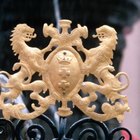
What Is the Difference between a Coat ...

Dance Party Theme Ideas
References
Writer Bio
Katherine Macropoulos has authored two books; a fictional, young reader and a spiritual autobiography. Her areas of expertise include food, beauty and style, travel, culture and society, business and spirituality. Macropoulos holds a Bachelor of Arts in English, a diploma in photography, graphic design and marketing and certification in esthetics.
Photo Credits
AbElena/iStock/Getty Images